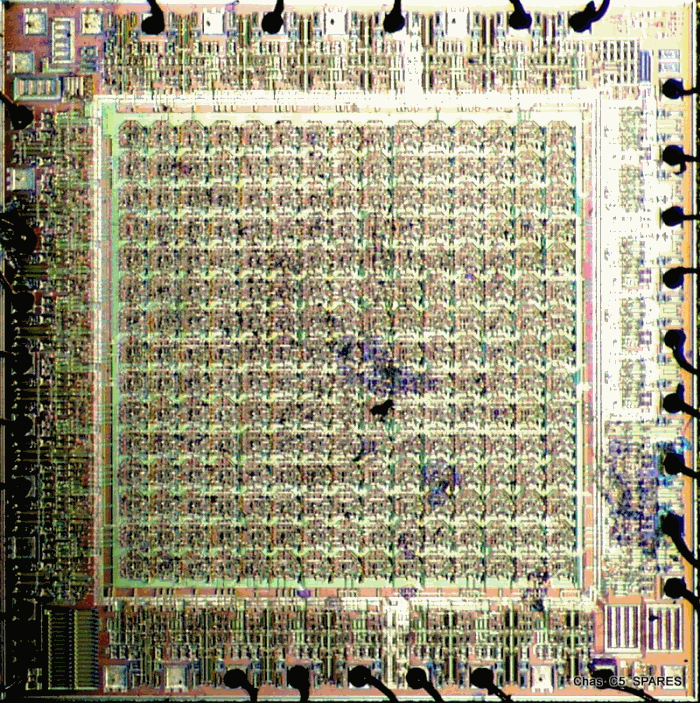](*,) ](*,) ](*,) ](*,) ](*,) ](*,) ](*,) ](*,) ](*,) ](*,) ](*,) ](*,) ](*,) ](*,) ](*,) ](*,) ](*,) ](*,) ](*,) ](*,) ](*,) ](*,) ](*,) ](*,) ](*,) ](*,)
They're coming to take me away ha ha, they're coming to take me away he he, to the happy farm were all is free.
For those of you who have never hear this, have a listen.
https://www.youtube.com/watch?v=hnzHtm1jhL4
or if you're like me.
https://www.youtube.com/watch?v=v9VMlLgc4vw
So now that I have the necessary data to find a replacement thermistor I've spent almost two days browsing the IN. Boy am I having fun.

I'll try and keep this as long as possible, oh! sorry short as possible.
Using the data that I've obtained I payed RS a visit and found a list of six possible thermistors. I tried to check the data sheets for the parameters pertaining to one of them and found four columns of data, 1006, 1008, 1009, and 1010, but no mention of which column was the correct one. So onto the phone to RS to find out which was the correct data sheet, after much who and ha and pumping data into the computer, plus a five minute wait to check with the tech dept, "sorry we can't help you". 15 minute call.

So into the IN and downloaded all the data covering these Thermistors, and this is what I found:
For any Part No. there a four variations, taking B57540G1103 as an example.
7003 B57540G1103+005 Dumet wires
7003 B57540G1103+007 Nickle-plated wires
8307 B57540G1103+000 Dumet wires
8307 B57540G1103+002 Nickle-plated wires
7003, and 8307 are the data sheets for the two beta variants. Eh! what ever happened to 1006 etc.?

TDK (Epos) inform me RS has missed out the suffix from the Mfr. Part No.
After cross checking the data from TDK & Epos's data and RS's I couldn't find any correlation between the five charts.

Back to RS, "can you supply me with the suffix numbers for these items?". Reply after five minute wait "sorry we haven't got any suffixes". "Why are your data sheets incorrect?", five miutes latter, "these are the data sheets provided by Epos, why don't you call TDK for help". "There's no point in calling TDK, they are not allowed to inform me as to what items are provided to a retailer or know why you have the wrong data sheets". "Once again sorry, I can only suggest you talk to TDK". My reply "Or better still, I go to another retailer, thank you I'll now go back to batting my head against the brick wall". 25 minute call.
 ](*,) ](*,)
](*,) ](*,)
Sorry, but I must go now, there's two men in clean white coats hammering on my door.

They're coming to take me away ha ha, they're coming to take me away he he, to the happy farm were all is free.
For those of you who have never hear this, have a listen.
https://www.youtube.com/watch?v=hnzHtm1jhL4
or if you're like me.
https://www.youtube.com/watch?v=v9VMlLgc4vw
So now that I have the necessary data to find a replacement thermistor I've spent almost two days browsing the IN. Boy am I having fun.
I'll try and keep this as long as possible, oh! sorry short as possible.
Using the data that I've obtained I payed RS a visit and found a list of six possible thermistors. I tried to check the data sheets for the parameters pertaining to one of them and found four columns of data, 1006, 1008, 1009, and 1010, but no mention of which column was the correct one. So onto the phone to RS to find out which was the correct data sheet, after much who and ha and pumping data into the computer, plus a five minute wait to check with the tech dept, "sorry we can't help you". 15 minute call.
So into the IN and downloaded all the data covering these Thermistors, and this is what I found:
For any Part No. there a four variations, taking B57540G1103 as an example.
7003 B57540G1103+005 Dumet wires
7003 B57540G1103+007 Nickle-plated wires
8307 B57540G1103+000 Dumet wires
8307 B57540G1103+002 Nickle-plated wires
7003, and 8307 are the data sheets for the two beta variants. Eh! what ever happened to 1006 etc.?
TDK (Epos) inform me RS has missed out the suffix from the Mfr. Part No.
After cross checking the data from TDK & Epos's data and RS's I couldn't find any correlation between the five charts.
Back to RS, "can you supply me with the suffix numbers for these items?". Reply after five minute wait "sorry we haven't got any suffixes". "Why are your data sheets incorrect?", five miutes latter, "these are the data sheets provided by Epos, why don't you call TDK for help". "There's no point in calling TDK, they are not allowed to inform me as to what items are provided to a retailer or know why you have the wrong data sheets". "Once again sorry, I can only suggest you talk to TDK". My reply "Or better still, I go to another retailer, thank you I'll now go back to batting my head against the brick wall". 25 minute call.
Sorry, but I must go now, there's two men in clean white coats hammering on my door.
posted on: 13/02/2015 17:53:24




